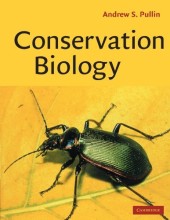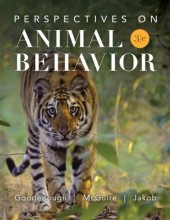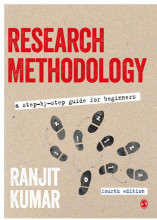Summary: Lecture 4
- This + 400k other summaries
- A unique study and practice tool
- Never study anything twice again
- Get the grades you hope for
- 100% sure, 100% understanding
Read the summary and the most important questions on lecture 4
-
1 Research designs
This is a preview. There are 15 more flashcards available for chapter 1
Show more cards here -
What is a research unit?
The person, animal, object or phenomenon that variables belong to and you want to say something about. -
Which types of hypotheses are there?
-non-relational hypothesis
-correlational hypothesis
-developmental hypothesis
-causal hypothesis -
What is a correlational hypothesis?
When two or more variables are expected to have some kind of relation to eachother -
What is a developmental hypothesis?
Expects the development of one or more variables over time (eg. in the last years the amount of speeding has decreased) -
What is a causal hypothesis?
When there is an expectation that one variable influences another. -
What is a directional hypothesis?
When there is an expectation about the nature of the relationship between the variables. e.g. when x increases y decreases -
What is a non-directional hypothesis?
When no direction is stated in the hypothesis. e.g. there is a relation between x and y -
What is a confounding variable?
When two variables have a spurious relationship: it seems like they are related, but in fact that is the effect of a third variable -
Which criteria need to be met to be sure of a causal relationship between two variables?
-association
-time order
-rationale (plausible theory for causal connection)
-non-spurious relationship (elimination confounding variables) -
what does a basic experimental design look like?
1 group, two moments of measuring. once before the manipulation is introduced and once after to measure the effect of that manipulation.
- Higher grades + faster learning
- Never study anything twice
- 100% sure, 100% understanding































